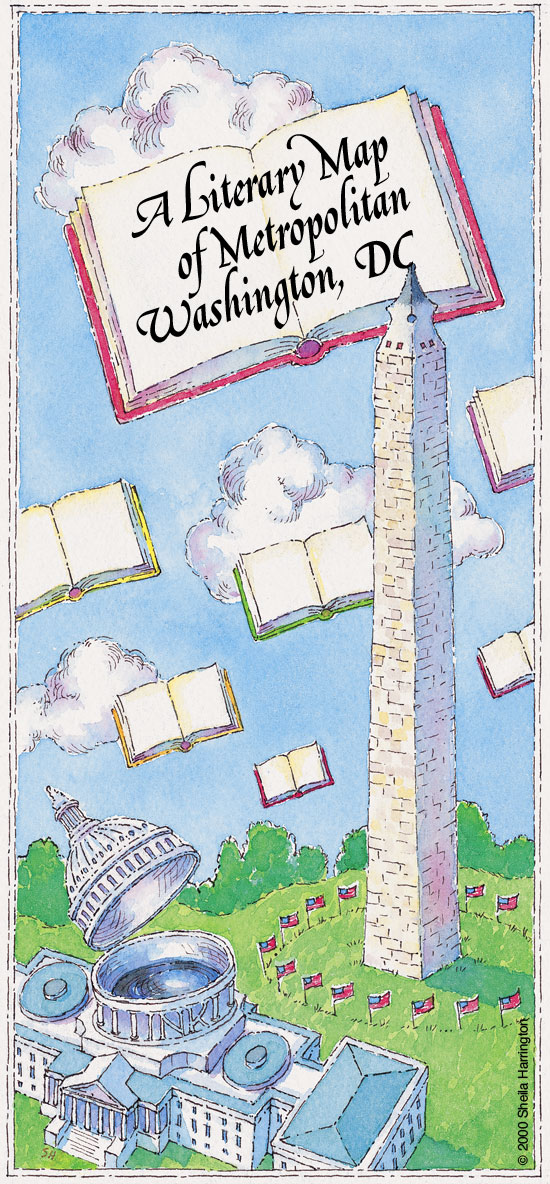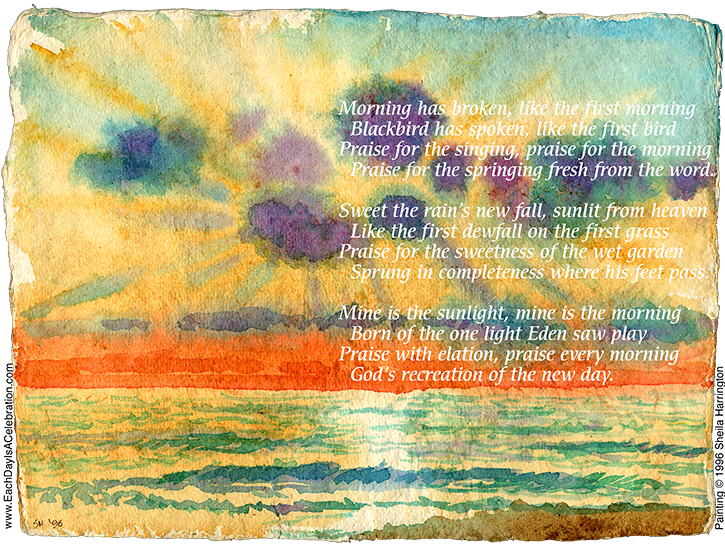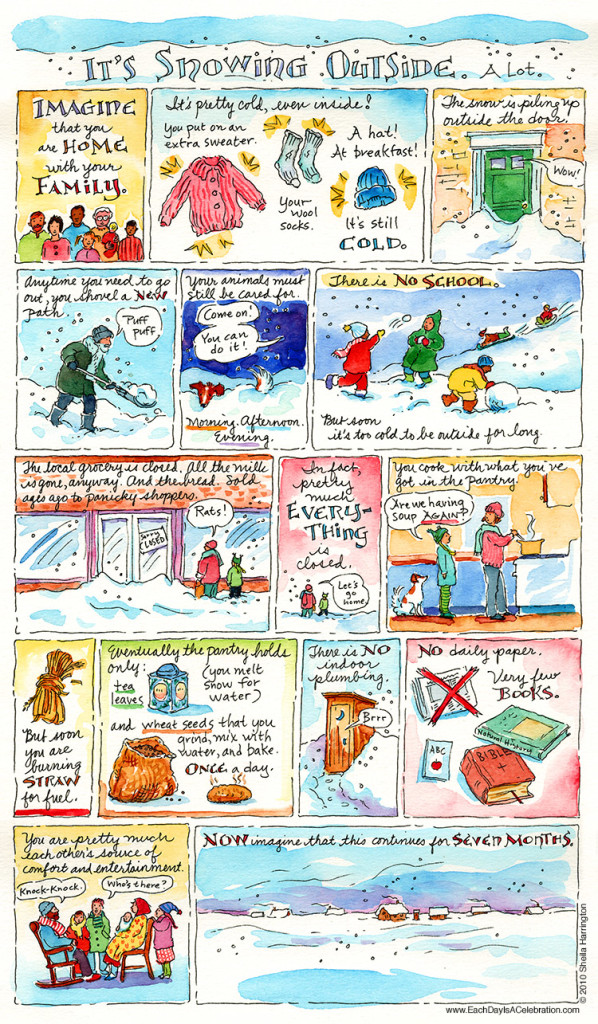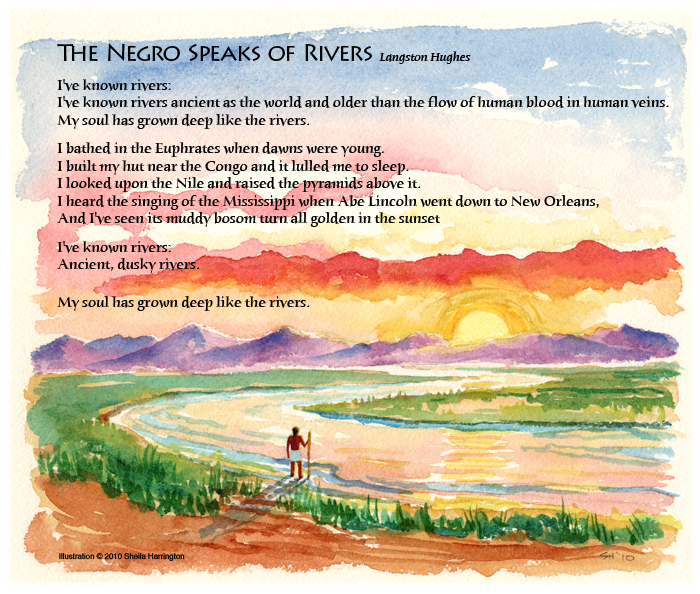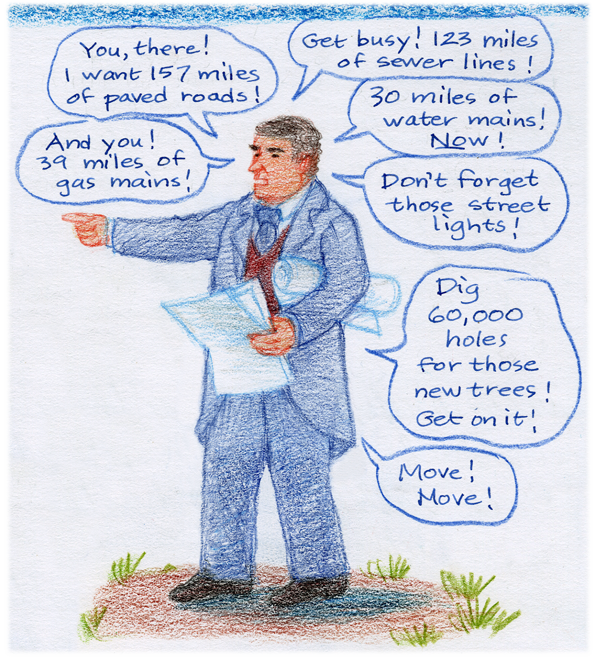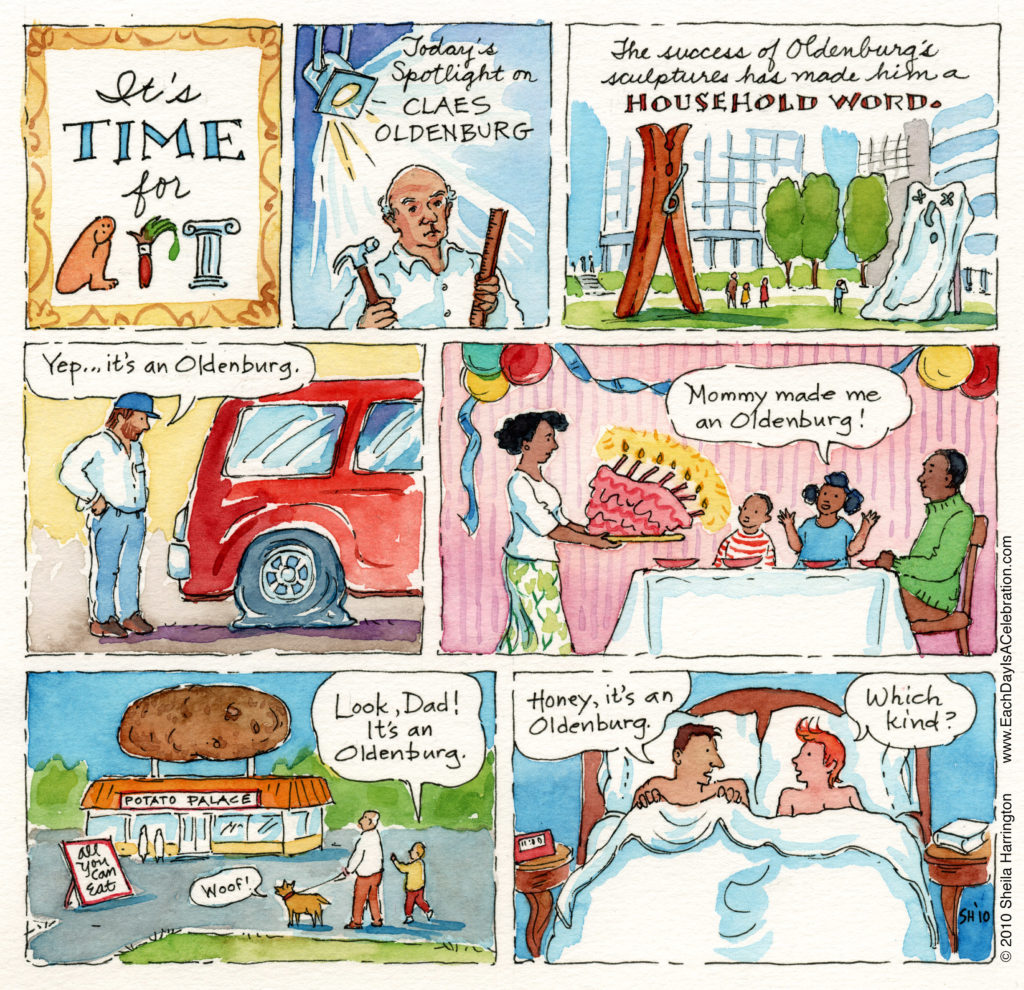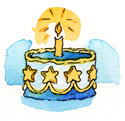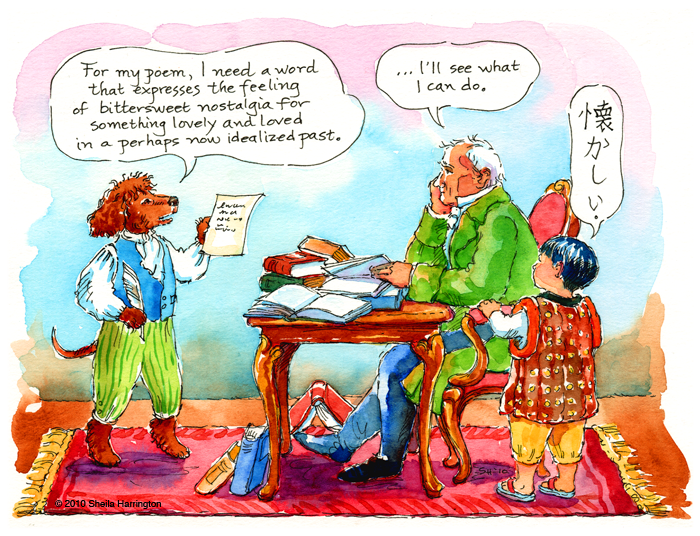Today is the 125th anniversary of the dedication (in 1885) of the Washington Monument. It was certainly a long time a-building, considering Pierre Charles L’Enfant had included a location for a monument to George Washington in his 1791 drawings for the new capital city. What L’Enfant had in mind, though, was an equestrian statue.
After Washington died in 1799, Congress thought a tomb might be a better plan—hey, how about right inside the Capitol? But his wife Martha wasn’t too happy with that idea. Progress stalled until the 1830s, when a group of impatient citizens raised funds themselves and held a competition for a monument design. The other entries were far more complicated: designs for monuments rich in Gothic windows, enlivened by multicolored stonework, festooned with all manner of carving and statuary. It makes me wonder how much the final choice was driven by budget. Even the award-winning design by Robert Mills originally had a colonnade at the base.
Construction began at last in 1848 and continued in fits and starts, slowed by the Civil War, lack of money, and anti-Catholic fervor (don’t ask). Congress occasionally offered funds. Reading American history I am struck by how reluctant the U.S. government used to be to spend money on much of anything, no matter the generally acknowledged need or value. When Congress finally decided to fund the rest, the monument went up quickly and immediately began to draw crowds. According to the National Park Service, it has over 800,000 visitors a year and is still the TALLEST STONE STRUCTURE in the WORLD. How about that.
You may be asking, “What the heck does this have to do with a picture of a Monument-Pen?” Well, uh… this image is the cover of a Literary Map of Washington DC commissioned by the Women’s National Book Association and featuring writers who have lived and worked here. For February 21st, I searched my work for a Monument image. And thereby hangs the tale. (Later this month I will post the illustrated map inside, so you can see what it looks like. It’s available at DC bookshops or through the WNBA.)
There is a celebration of the anniversary at 1pm today at the foot of the Monument.

